Your Digital Fortress: Unleash the Power of Network Security
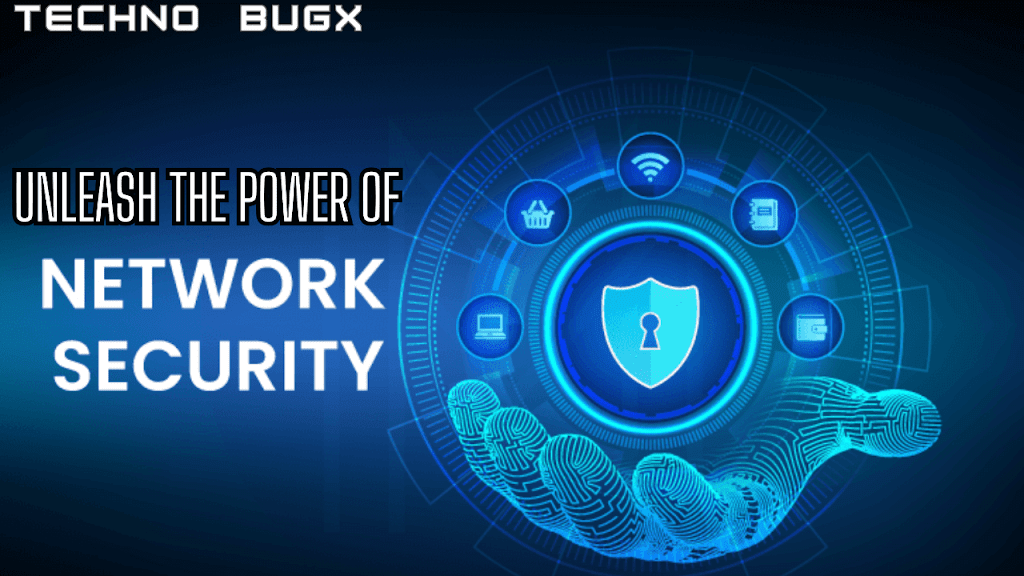
There has never been a more pressing need for reliable network security in our globally connected society. Technology is always evolving, and as a result, cyber-attacks are more advanced and dangerous than ever. We’ll go into network security in this post, looking at the numerous practices and methods that can help safeguard your digital assets and sensitive data.
TABLE OF CONTENTS
- Understanding Network Security
- Types of Network Security
- Network Security Threats
- Best Practices for Network Security
- Future Trends in Network Security
- Conclusion
Understanding Network Security
What is network security?
Network security is the activity of preventing unwanted access, attacks, and breaches on computer networks, devices, and the data they convey. It includes a variety of techniques and tools intended to protect the availability, confidentiality, and integrity of network resources.
Data security, preventing unwanted parties from obtaining private information, and uninterrupted network operation are the three goals of network security.
Network security’s essential components include:
- Verifying the identification of individuals and devices trying to access the network is known as authentication.
- Authorization is the process of choosing the level of access that users and devices should have in light of their verified identities.
- In order to prevent eavesdropping, data is secured both in transit and at rest via encryption.
- A methodical strategy for locating, minimizing, and recovering from security events is known as incident response.
Consequences of Network Security Breaches
- A security lapse in a network can have severe, long-lasting effects on both individuals and businesses.
- Information about customers, finances, and intellectual property could be lost or stolen as a result of a breach in data security.
- Identity theft, fraud, or the sale of stolen information are all consequences of data theft.
- Financial loss organizations may suffer financial losses as a result of the expense of detecting and preventing breaches, legal bills, penalty fines imposed by authorities, and potential legal actions.
- Damage to a brand’s reputation can decrease client confidence and affect sales.
- Operational disruption: network services can be interrupted by security incidents, resulting in downtime and affecting corporate operations.
Types of Network Security
- Email Security
- Web Application Security
- Wireless Network Security
- Endpoint Security
- Network Segmentation
- Security Information and Event Management (SIEM)
- Data Loss Prevention (DLP)
- Behavioral Analytics
- Biometric Security
Firewalls
- Firewalls monitor and manage incoming and outgoing network traffic, allowing only permissible data to pass through.
- They serve as barriers between your network and any dangers from the internet.
- Hardware devices, software programs, or cloud-based services can all be used as firewalls.
Intrusion Detection and Prevention Systems (IDPS)
- IDPS solutions are available in network-based and host-based versions.
- They continually monitor network traffic for indications of suspicious behavior or intrusion attempts.
- When abnormalities are discovered, they trigger alarms and can take automatic actions to stop or mitigate the danger.
Virtual Private Networks (VPNs)
- The confidentiality and integrity of data exchanged between linked devices are guaranteed by VPNs, which create secure, encrypted connections over public networks (like the internet).
- VPNs are frequently used for geo-blocking, protecting communications, and remote work.
- Malicious software (malware) is detected and eliminated from networks and devices by antivirus and anti-malware software.
- They check documents and programs for known malware signatures and odd behavior.
- To stay safe against constantly emerging threats, regular updates are essential.
Access Control
- Access control systems implement authentication and authorization policies to guarantee that only authorized users can access sensitive information.
- They manage who has access to network resources and data.
- Role-based access control (RBAC) and mandatory access control (MAC) are examples of access control techniques.
Common Network Security Threats
- Zero-Day Exploits
- Password Attacks
- Data Breaches
- Ransomware
- SQL Injection
- Social Engineering
- Botnets
- Brute Force Attacks
- Advanced Persistent Threats (APTs)
Malware
- Malware is software that is intentionally designed to damage, steal from, or interfere with computer systems or networks.
- There are many different kinds, including spyware, Trojans, worms, and viruses.
- Infected files, email attachments, and malicious websites are some ways that malware spreads.
Phishing
Phishing is a social engineering assault in which fraudsters pose as reputable organizations to trick people into disclosing sensitive information, such as login passwords or financial information. Attacks by phishers frequently use social media, email, or fake websites.
Distributed Denial of Service (DDoS) Attacks
Attackers frequently utilize botnets to plan DDoS assaults, making them challenging to counteract. DDoS attacks overwhelm a network or website with a tremendous amount of traffic, exceeding its capacity and causing service disruption.
Man-in-the-Middle (MitM) Attacks
Attackers can eavesdrop on confidential information or insert malicious content into conversations between two parties in MitM attacks, which intercept and possibly modify messages without the knowledge of the target parties.
Best Practices for Network Security
- Firewalls and Intrusion Detection/Prevention Systems (IDPS)
- Backup and Disaster Recovery
- Vendor and Third-Party Security
- Least Privilege Principle
- Incident Logging and Monitoring
- Security Policy Documentation
- Regular Security Audits and Assessment
- Mobile Device Management (MDM)
- Email Security
Strong Password Policies
- Make sure that passwords contain a combination of upper- and lowercase letters, digits, and special characters.
- Promote consistent password changes and forbid password sharing.
- You should start by using strong passwords.
- They act as locks on your digital doors, preventing unauthorized individuals from entering.
- Fortifying the gateways to your digital fortress is a metaphor for creating and keeping strong passwords.
Regular Updates and Patch Management
- Use a patch management approach to immediately fix vulnerabilities as they are found.
- Keep operating systems, software, and hardware up to date with the most recent security updates.
- Patches and updates on a regular basis are equivalent to fortifying your castle’s defenses.
- They address flaws that online criminals might use against you.
- Updating your software acts as a stronghold of reinforcement against future breaches.
Employee Training and Awareness
- Inform staff members about security best practices, such as how to spot phishing scams and other social engineering ploys.
- Hold routine security awareness training sessions to keep staff members informed and alert.
Network Monitoring and Incident Response
- Use real-time network monitoring to look for irregularities and possible security gaps.
- Create an incident response strategy that specifies steps for locating, minimizing, and recovering from security incidents.
- Your surveillance system, network monitoring, is always looking out for any problems.
- When a crisis happens, the response strategy goes into action, quickly reducing the threat and limiting damage, like a well-trained emergency team.
Access Restrictions
- Put in place stringent access restrictions and role-based access guidelines to make sure users only have access to the resources they need to perform their responsibilities.
- For sensitive accounts and systems, use multi-factor authentication (MFA).
Future Trends in Network Security
- Secure Access Service Edge (SASE)
- Behavioral Analytics
- 5G Security
- Endpoint Detection and Response (EDR)
- Security Orchestration, Automation, and Response (SOAR)
- Deepfake Detection
- Multi-Cloud Security
- Human-Centric Security
Artificial Intelligence and Machine Learning (AI/ML)
- By analyzing enormous amounts of network data in real time, AI and ML technologies are being utilized to improve threat detection and response.
- They can spot patterns, abnormalities, and potential threats more effectively than traditional approaches, making it easier to respond to attacks more quickly.
- Machine learning and artificial intelligence are the cutting-edge watchdogs of network security.
- They can instantly evaluate vast volumes of data to find patterns and abnormalities that human specialists might overlook.
- These innovations are comparable to having cyber-guardians who change and evolve in response to new dangers.
Zero Trust Security Model
The Zero Trust concept is based on the premise that no one, whether they are a part of the network or not, can be trusted by default. To minimize the attack surface, it places a strong emphasis on continuous authentication, least privilege access, and stringent access controls.
Network security has undergone a fundamental shift with the Zero Trust approach. It operates under the premise that nobody should ever be trusted, even if they are a part of the network. By examining each user and device attempting to connect to your network, a zero-trust paradigm is put into place, similar to building a digital moat around your fortress.
Blockchain for Security
Due to its decentralized and tamper-resistant nature, blockchain technology is being investigated for boosting security in a variety of applications, including secure identity management and data integrity verification.
Blockchain is the future’s impenetrable vault. It is the best system for protecting sensitive transactions and data since it is decentralized and tamper-proof. Think of blockchain as your most valuable digital asset being stored in an impregnable vault.
Cloud Security Posture Management (CSPM)
As more businesses move to cloud environments, CSPM solutions are becoming more popular. By locating vulnerabilities and misconfigurations, these technologies assist enterprises in monitoring and safeguarding their cloud infrastructure.
Conclusion
In conclusion, network security is not merely a choice; it is a requirement in our networked society. You may defend your digital domain against the constant threats of the cyber world by being aware of the different forms of network security, typical attacks, and best practices. Maintain vigilance, knowledge, and the security of your digital castle.
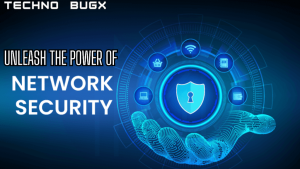
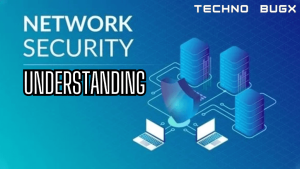
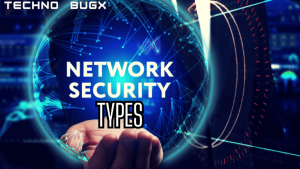

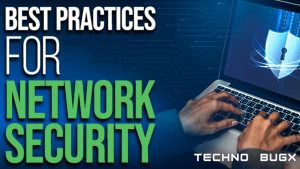

Leave a Comment